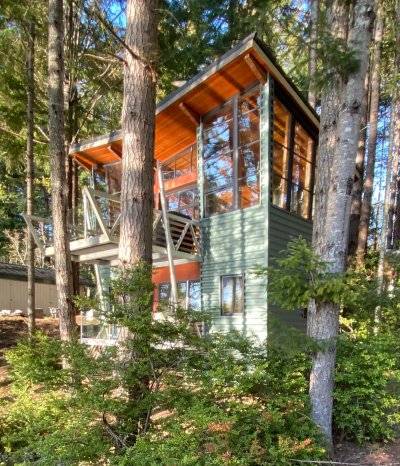Kondoru
Beloved of Ra
- Joined
- Dec 5, 2003
- Messages
- 10,653
https://www.legendarydartmoor.co.uk/jolly_lane_cott.htm
I found this from Dartmoor, but the idea of a squatter getting rights to land by building a house on it in a day seems more widespread
any other informtion on the subject?
(I dont know about Dartmoor but I suspect most places a simple cottage would be wood or wattle and daub, maybe cob).
I found this from Dartmoor, but the idea of a squatter getting rights to land by building a house on it in a day seems more widespread
any other informtion on the subject?
(I dont know about Dartmoor but I suspect most places a simple cottage would be wood or wattle and daub, maybe cob).


